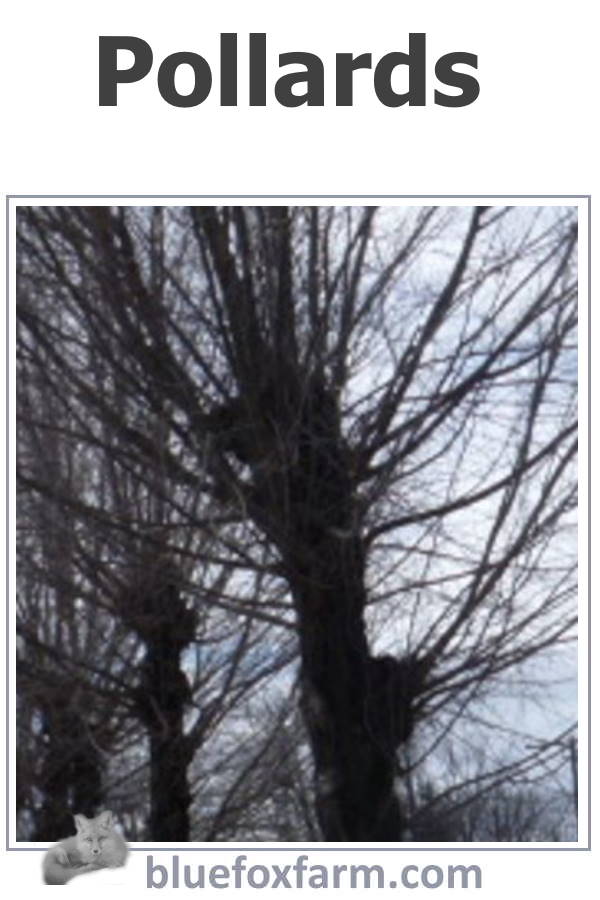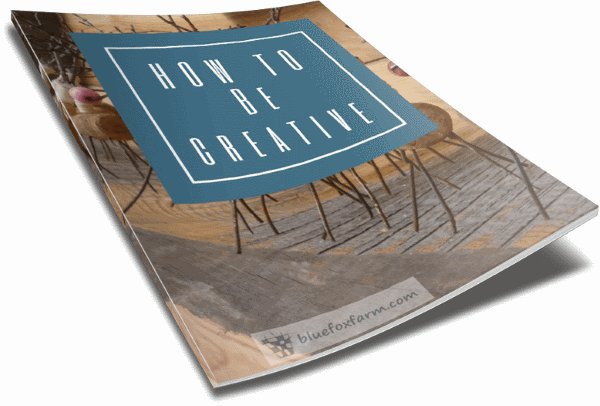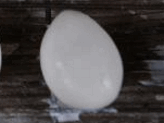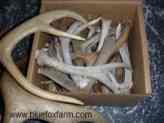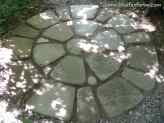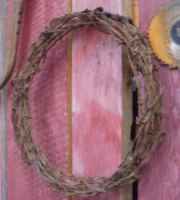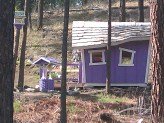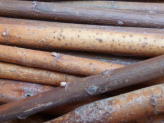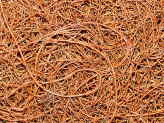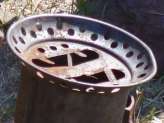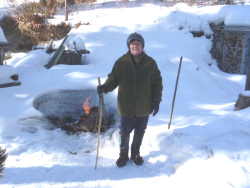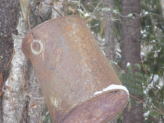Pollards
Street Tree Pruning
Pollards are not a species of tree; they’re simply the term given to a type of pruning performed on many types of street trees.
The most common victims of butchery like this are poplar (Populus species), maple (Acer) and London plane trees (Platanus acerifolia), although many other beautiful vigorous trees are given this treatment, including willows.
In some areas, city trees were chosen for their huge size for the shade, and their vigor so as to withstand pollution.
Unfortunately, these exact attributes also contribute to problems with older trees outgrowing their space, and with vehicles emitting less pollutants into the atmosphere, the vigor of these enormous trees is no longer needed.
The short sighted solution? Pollard them!
Pollarding is the process over many seasons of pruning back all the new growth to a stub, which over time becomes enlarged into a ‘head’.
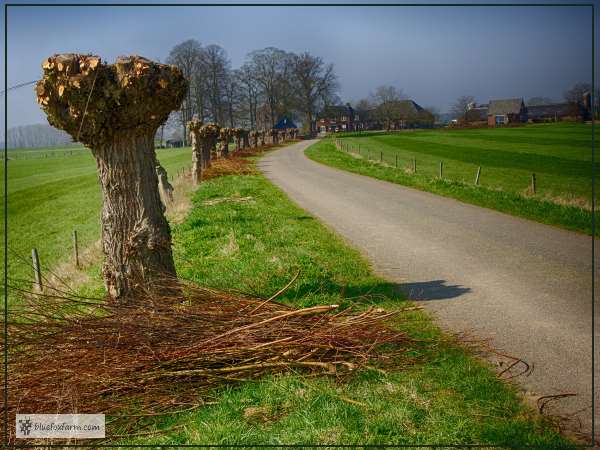
Every year, any of the previous season’s growth is cut off, to re-sprout again.
As any orchardist knows, this kind of pruning leads to immense amounts of suckers, or water sprouts, those vigorous, upright whips that will eventually take over the growth habit and eliminate any chance of fruit.
Done on a regular basis to trees along a road, the artificial look of pollards is an eyesore to many arborists and horticulturists, and is now very much out of date.
And as an added downside, once you've started pollarding, you have to keep doing it.
Renovating a tree to make it
take on a more natural look is a long term prospect, taking years of
careful pruning to redirect the growth.
In Holland and other countries with canals, pollarded willows were a source of basket making material, utilized each year and valued.
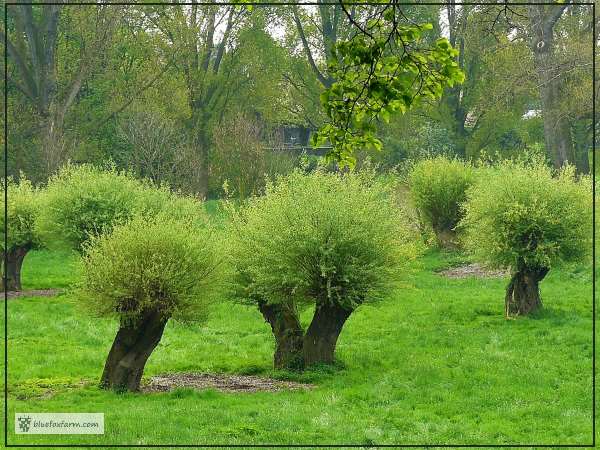
Paintings from earlier times show the sheer numbers of the trees pruned in this manner for rod production.
Now, the pruned off whips are a waste material, destined for the burn pile, chipped into compost, or worst of all, thrown in the landfill.
If you see trees in your neighborhood that are pollarded, try and find out who will be doing the pruning in the spring and salvage some of these otherwise wasted craft supplies to make into twig crafts.
Trellises, furniture and many more crafts rely on a supply of long straight whippy rods.
It could be arborists hired on contract by the city or municipality, or workers who just do what they're told without asking why. The first option is the best, as they'll prune things properly. Otherwise, it's just butchery.
Learn what it takes to be creative - we all have the gene but how do we develop it? Get the free guide!
Fill in the form below for your copy;
(Don't be disappointed - use an email address that will accept the free download - some .aol email addresses won't.
If you don't see your download within a few minutes, try again with another email address - sorry for the bother.)
